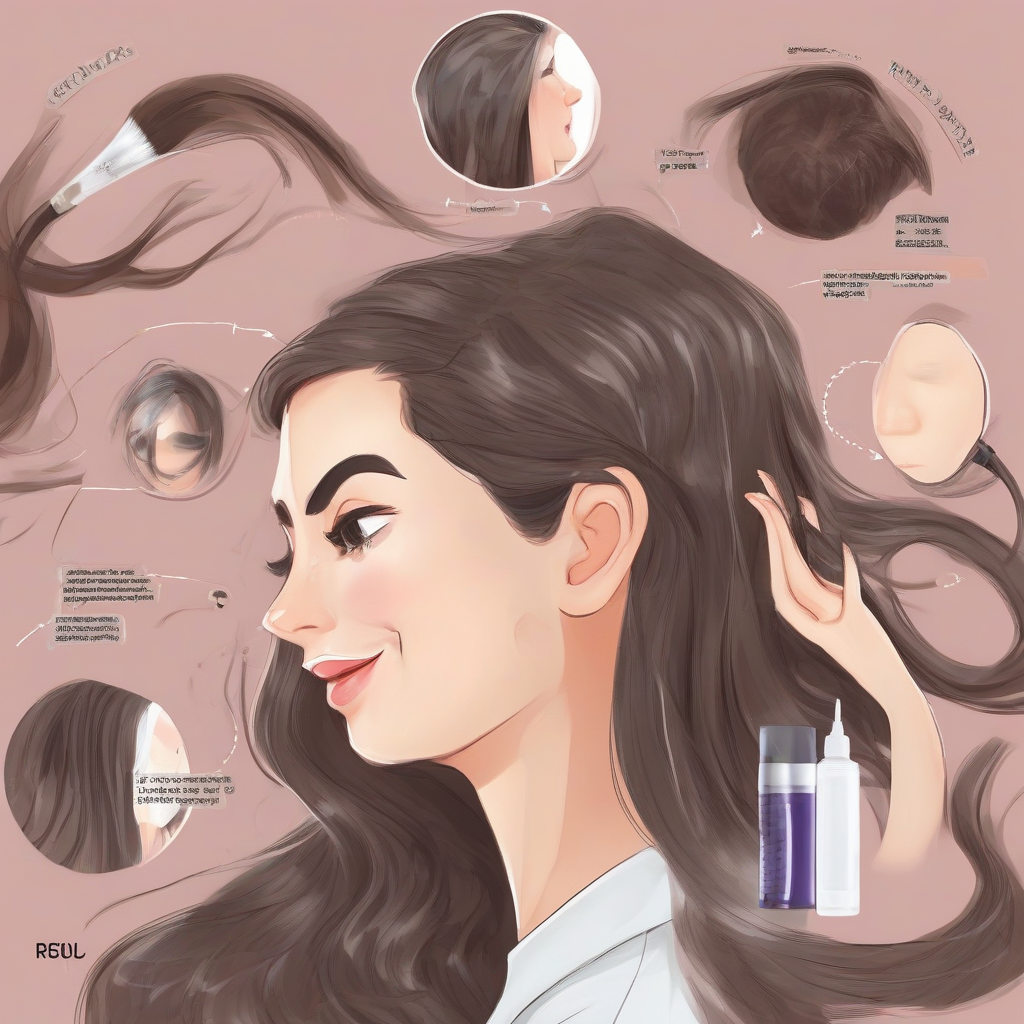Conquering Hair Thinning: A Comprehensive Guide to Men’s Hair Loss Treatments
Hair thinning is a common concern for many men, often impacting self-esteem and confidence. Fortunately, numerous effective treatments are available, ranging from lifestyle changes to medical interventions. This comprehensive guide explores the various options, helping you understand the causes of hair loss and choose the best approach for your individual needs.
Understanding the Causes of Hair Thinning in Men
Before exploring treatment options, it’s crucial to understand the underlying causes of hair thinning. Several factors contribute, often in combination:
- Genetics (Androgenetic Alopecia): This is the most common cause, often inherited from family members. It’s characterized by a receding hairline and thinning crown.
- Hormonal Changes: Fluctuations in testosterone and other hormones can influence hair growth cycles, leading to thinning.
- Nutritional Deficiencies: Lack of essential nutrients like iron, zinc, and protein can impair hair growth.
- Stress: Chronic stress can disrupt hair follicles, resulting in temporary or even permanent hair loss (Telogen Effluvium).
- Medical Conditions: Certain illnesses, such as thyroid disorders and autoimmune diseases, can contribute to hair thinning.
- Medications: Some medications, including certain blood thinners and chemotherapy drugs, can cause hair loss as a side effect.
- Harsh Hair Styling Practices: Tight hairstyles, excessive heat styling, and chemical treatments can damage hair follicles and lead to breakage.
- Age: Hair thinning is a natural part of aging for many men, often starting in their 30s or 40s.
Treatment Options for Hair Thinning
The best treatment approach depends on the underlying cause and severity of hair thinning. Here’s a breakdown of common options:
1. Lifestyle Changes
Simple lifestyle adjustments can often improve hair health and slow down thinning:
- Improved Diet: Consume a balanced diet rich in protein, iron, zinc, and vitamins, particularly biotin and Vitamin D.
- Stress Management: Practice stress-reducing techniques like exercise, yoga, meditation, or deep breathing exercises.
- Gentle Hair Care: Avoid harsh chemicals, excessive heat styling, and tight hairstyles. Use gentle shampoos and conditioners.
- Scalp Massage: Regular scalp massage can stimulate blood flow to the hair follicles, promoting hair growth.
2. Topical Treatments
These are applied directly to the scalp:
- Minoxidil (Rogaine): An over-the-counter topical solution that stimulates hair growth. It’s most effective for mild to moderate hair loss. Results may vary, and hair loss can resume if treatment is stopped.
- Other Topical Treatments: Some newer topical treatments are being developed, targeting specific aspects of hair follicle function.
3. Oral Medications
These are taken by mouth:
- Finasteride (Propecia): A prescription medication that inhibits the conversion of testosterone to dihydrotestosterone (DHT), a hormone that contributes to hair loss. It’s highly effective for many men but requires a prescription and carries potential side effects.
4. Hair Transplantation
A surgical procedure where hair follicles are transplanted from a donor area (usually the back of the head) to thinning areas. This is a more permanent solution but can be expensive and requires recovery time.
- Follicular Unit Transplantation (FUT): A strip of scalp is removed, and individual hair follicles are transplanted.
- Follicular Unit Extraction (FUE): Individual hair follicles are extracted directly from the donor area and transplanted.
5. Low-Level Laser Therapy (LLLT)
This involves using low-level lasers or LEDs to stimulate hair growth. Studies have shown some effectiveness, but more research is needed to confirm its long-term benefits.
6. Platelet-Rich Plasma (PRP) Therapy
This involves injecting platelet-rich plasma (derived from the patient’s own blood) into the scalp to stimulate hair follicle growth. It’s a relatively new treatment, and more research is needed to fully understand its efficacy.
7. Addressing Underlying Medical Conditions
If hair thinning is caused by an underlying medical condition, addressing that condition is crucial for restoring hair growth. This may involve medication, lifestyle changes, or other treatments.
Choosing the Right Treatment
The best treatment approach is highly individualized and depends on several factors:
- Severity of hair loss: Mild thinning may respond well to lifestyle changes and topical treatments, while more severe cases may require hair transplantation or oral medications.
- Age: Younger men may benefit from preventative treatments, while older men may require more aggressive interventions.
- Underlying causes: Addressing the underlying cause of hair loss is crucial for effective treatment.
- Personal preferences: Some men may prefer non-invasive treatments, while others may be willing to undergo surgery.
- Budget: Treatment costs vary significantly, from inexpensive over-the-counter products to costly surgical procedures.
Important Considerations
- Consult a Dermatologist or Trichologist: It’s essential to consult a healthcare professional before starting any treatment for hair thinning. They can accurately diagnose the cause of your hair loss and recommend the most appropriate treatment plan.
- Realistic Expectations: Hair loss treatments are not always a guaranteed cure. Some treatments may slow down hair loss, while others may stimulate new growth. It’s important to have realistic expectations and understand that results may vary.
- Long-Term Commitment: Many treatments, such as minoxidil and finasteride, require long-term use to maintain results. Stopping treatment may lead to a resumption of hair loss.
- Potential Side Effects: All treatments carry the potential for side effects. It’s important to discuss potential risks and benefits with your healthcare provider before starting any treatment.
- Research and Due Diligence: Before choosing a treatment, research different options and read reviews from other patients. Be wary of miracle cures or treatments that sound too good to be true.
Conclusion
(Note: The conclusion section is omitted as per the instructions.)

